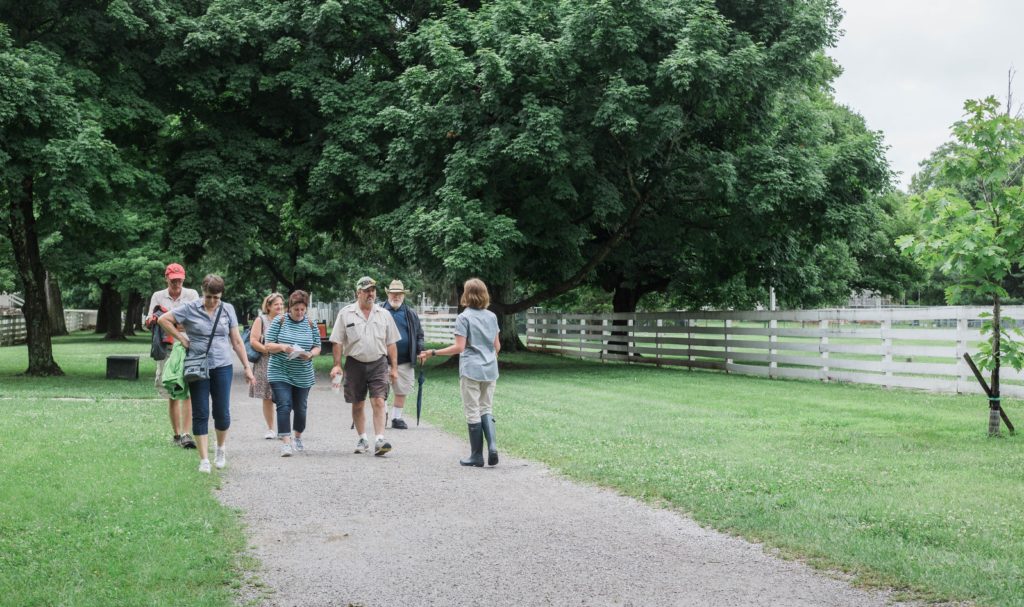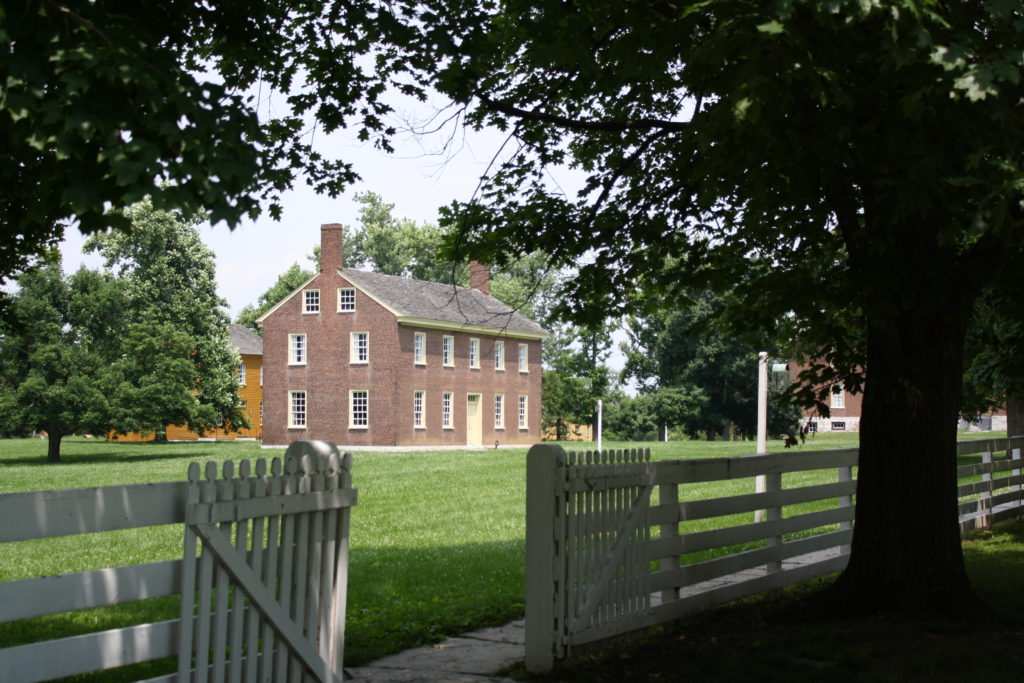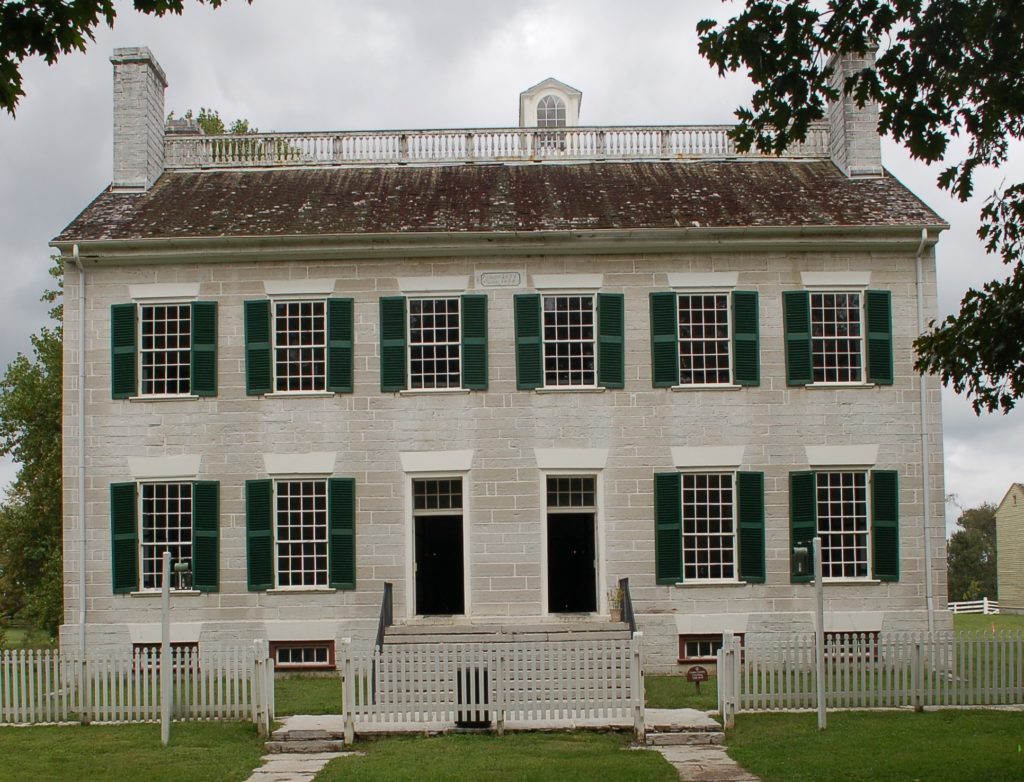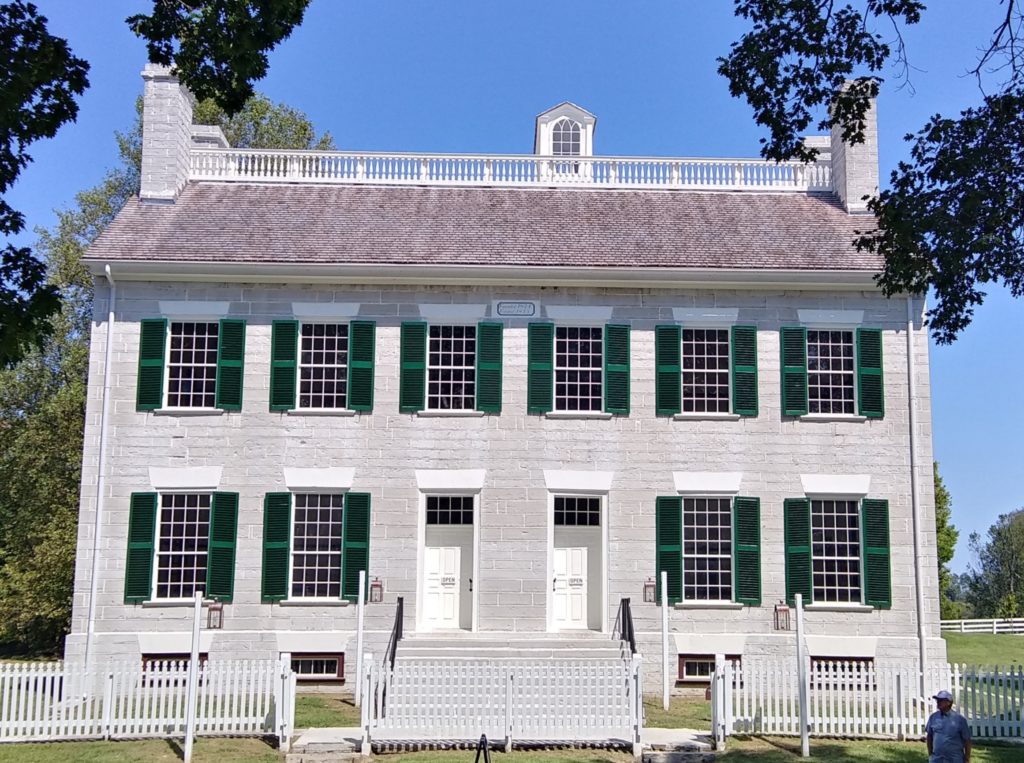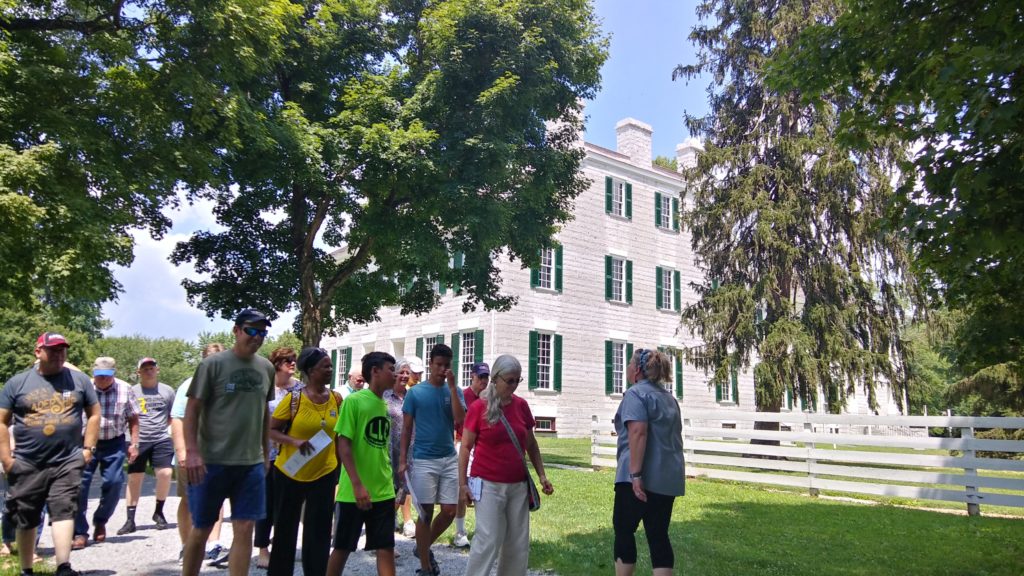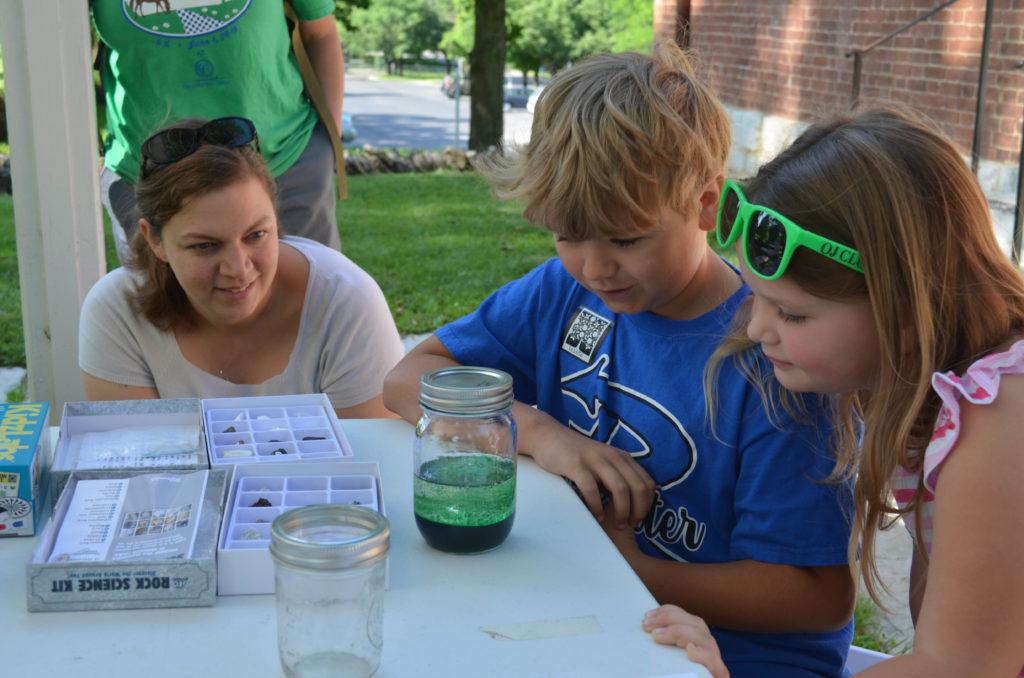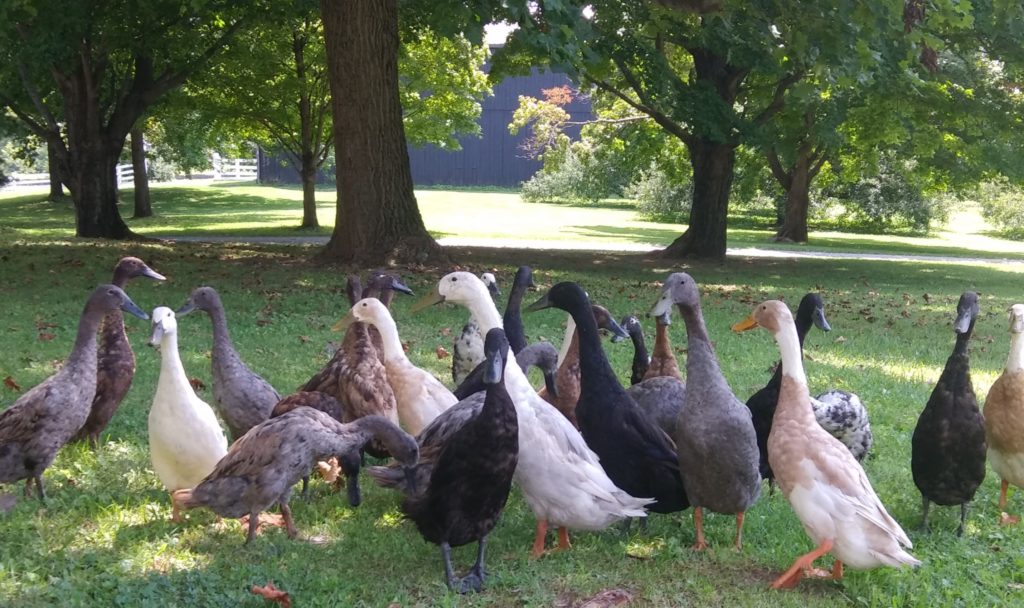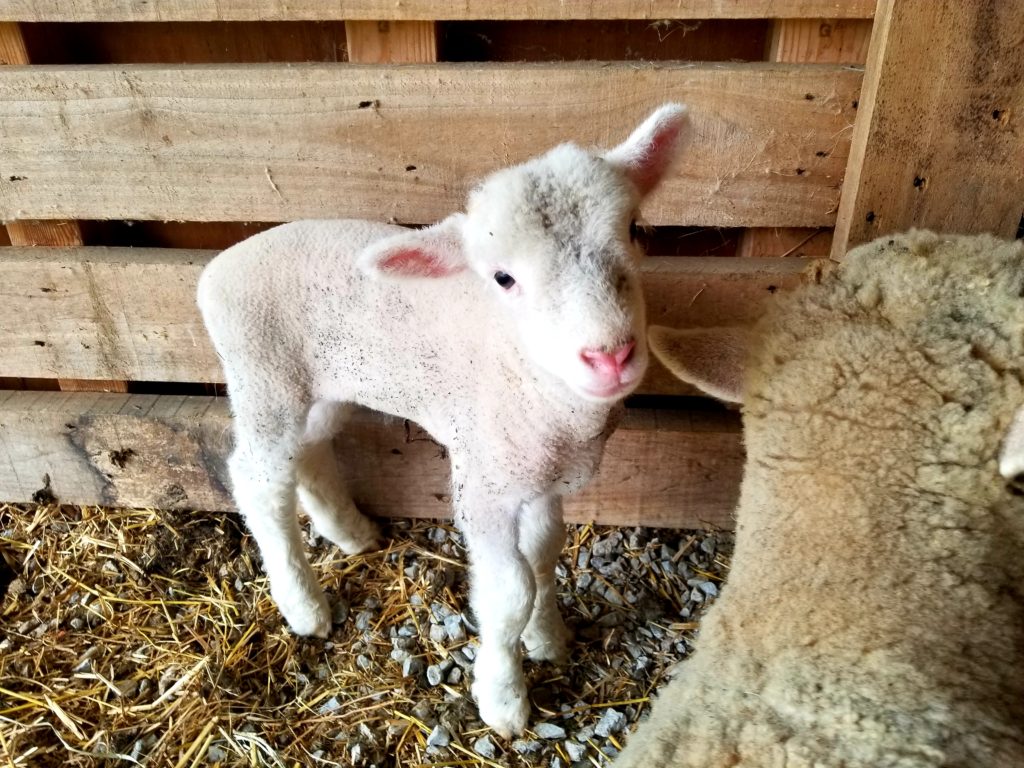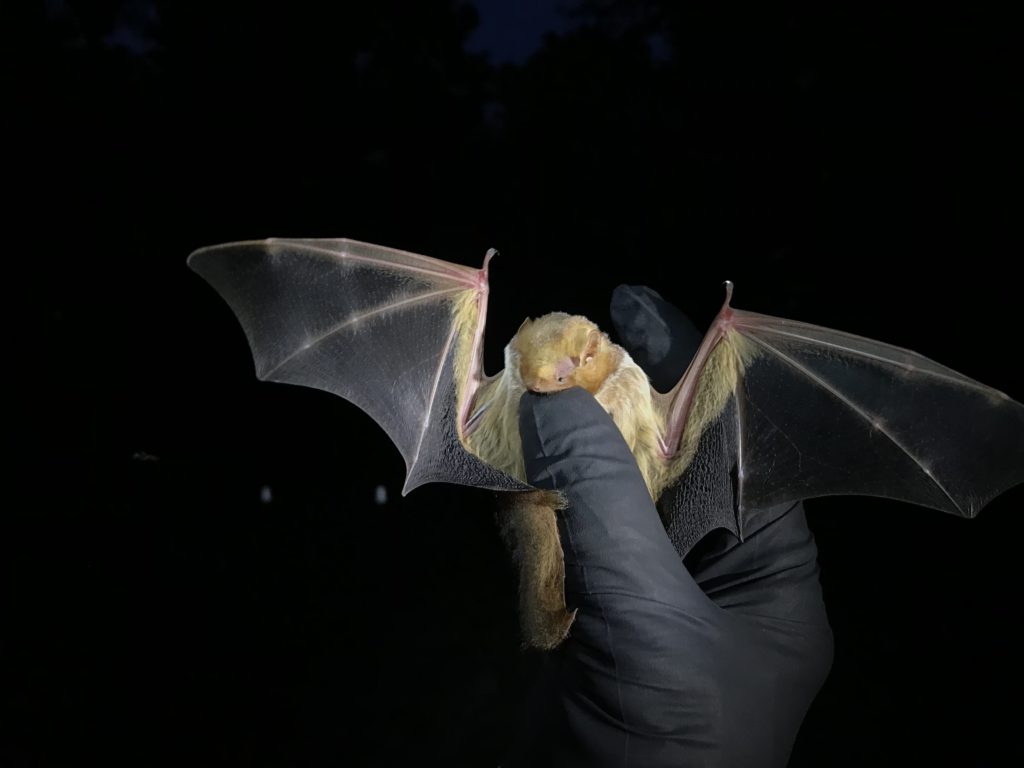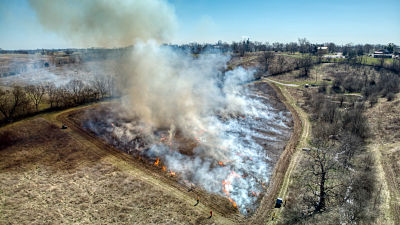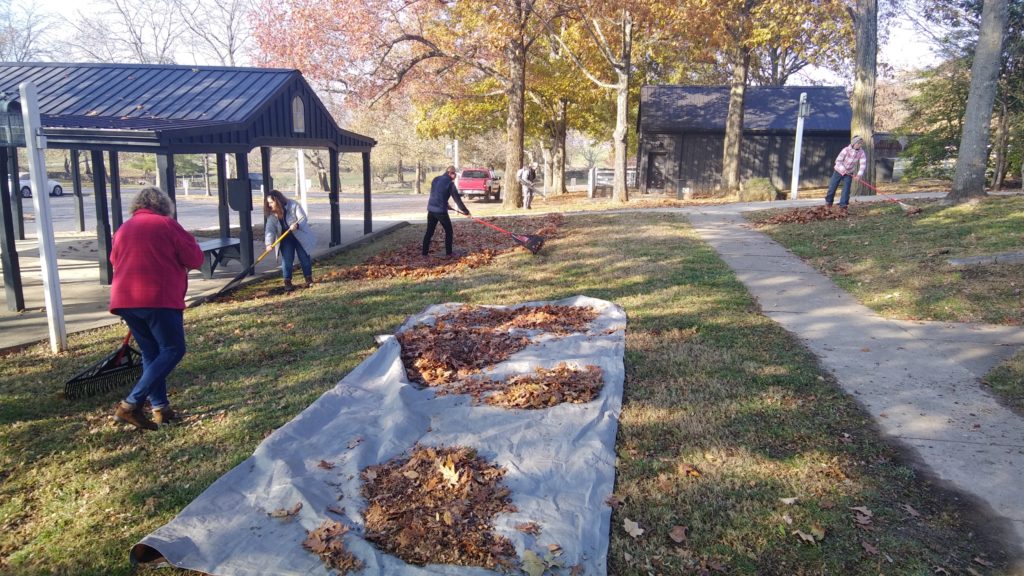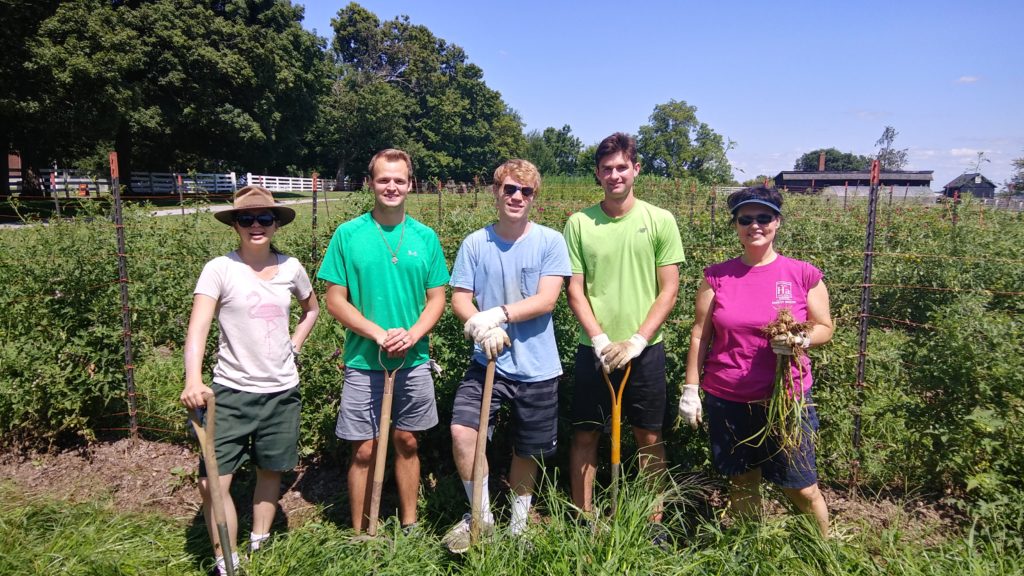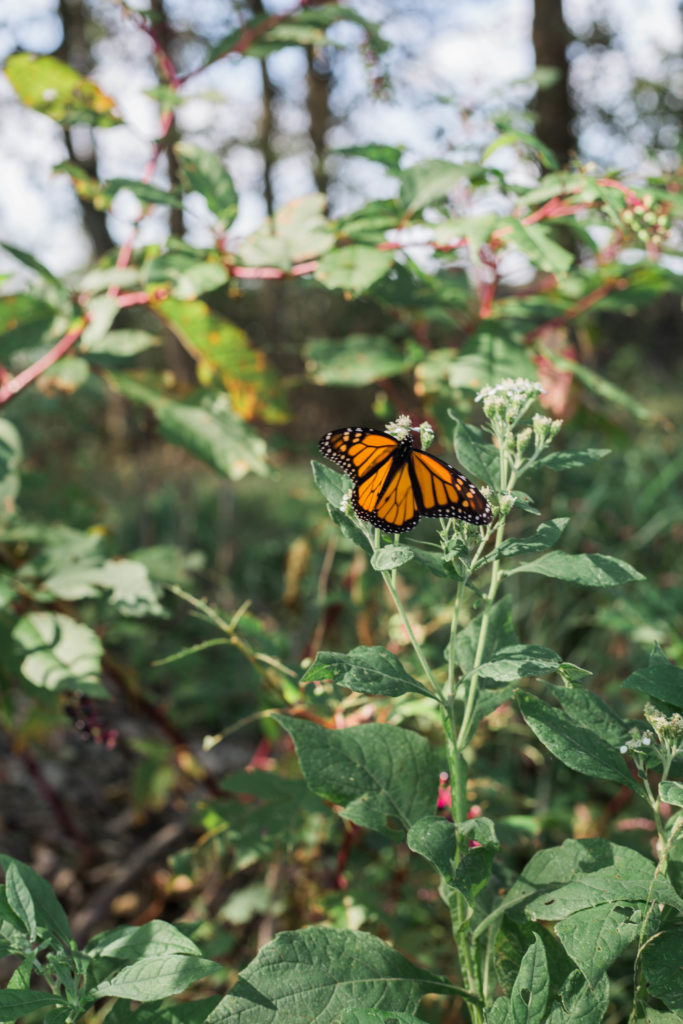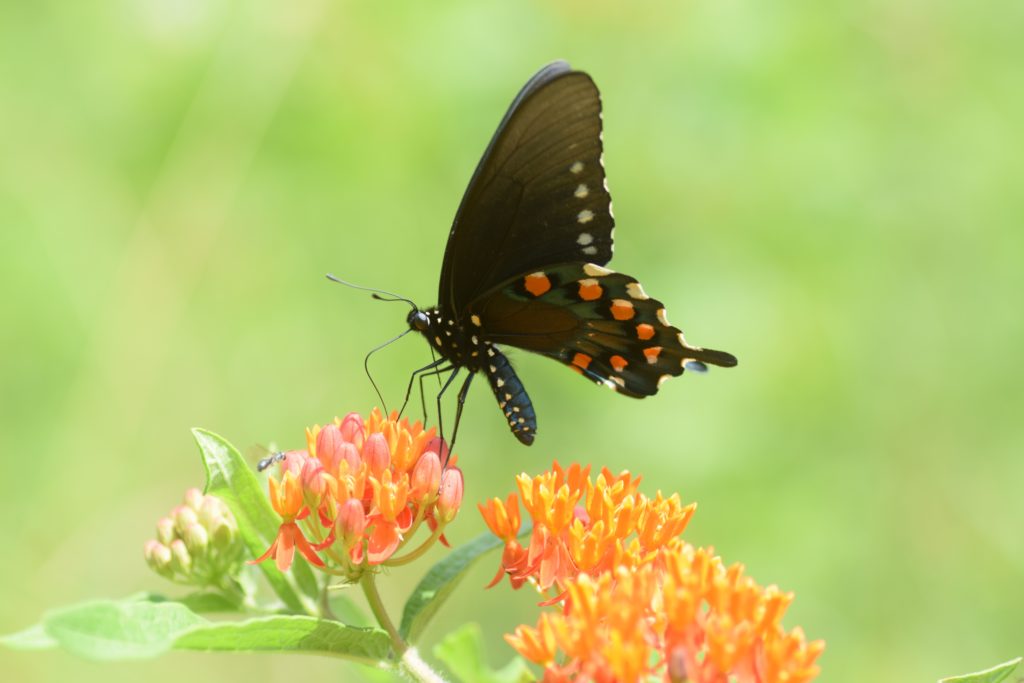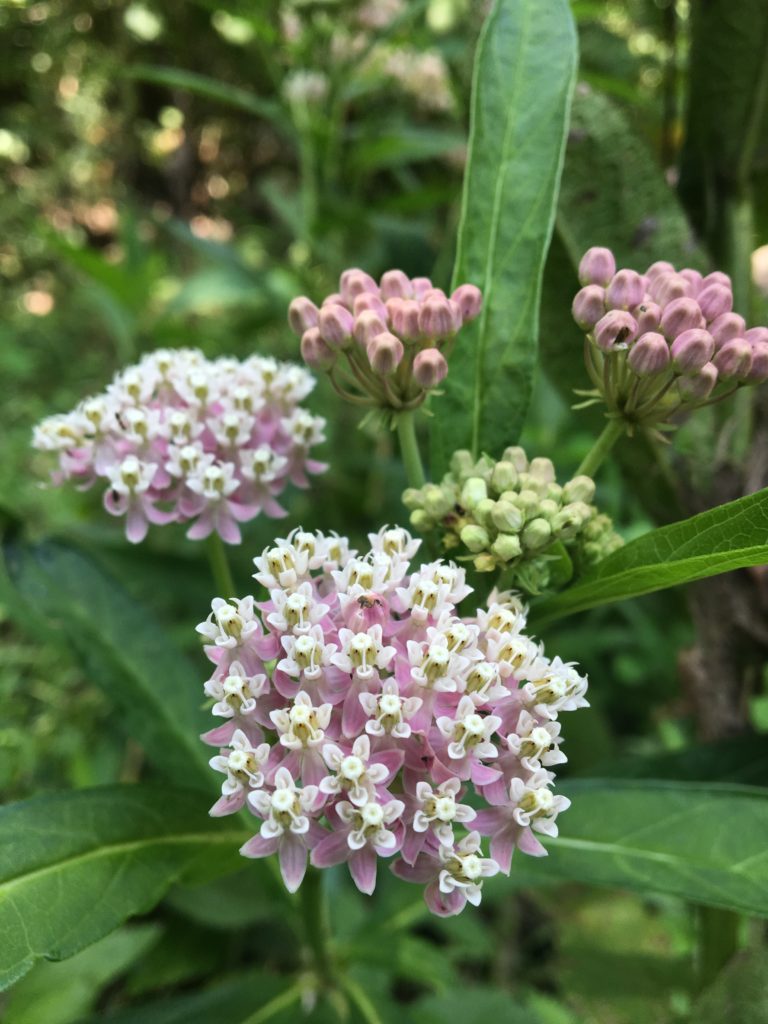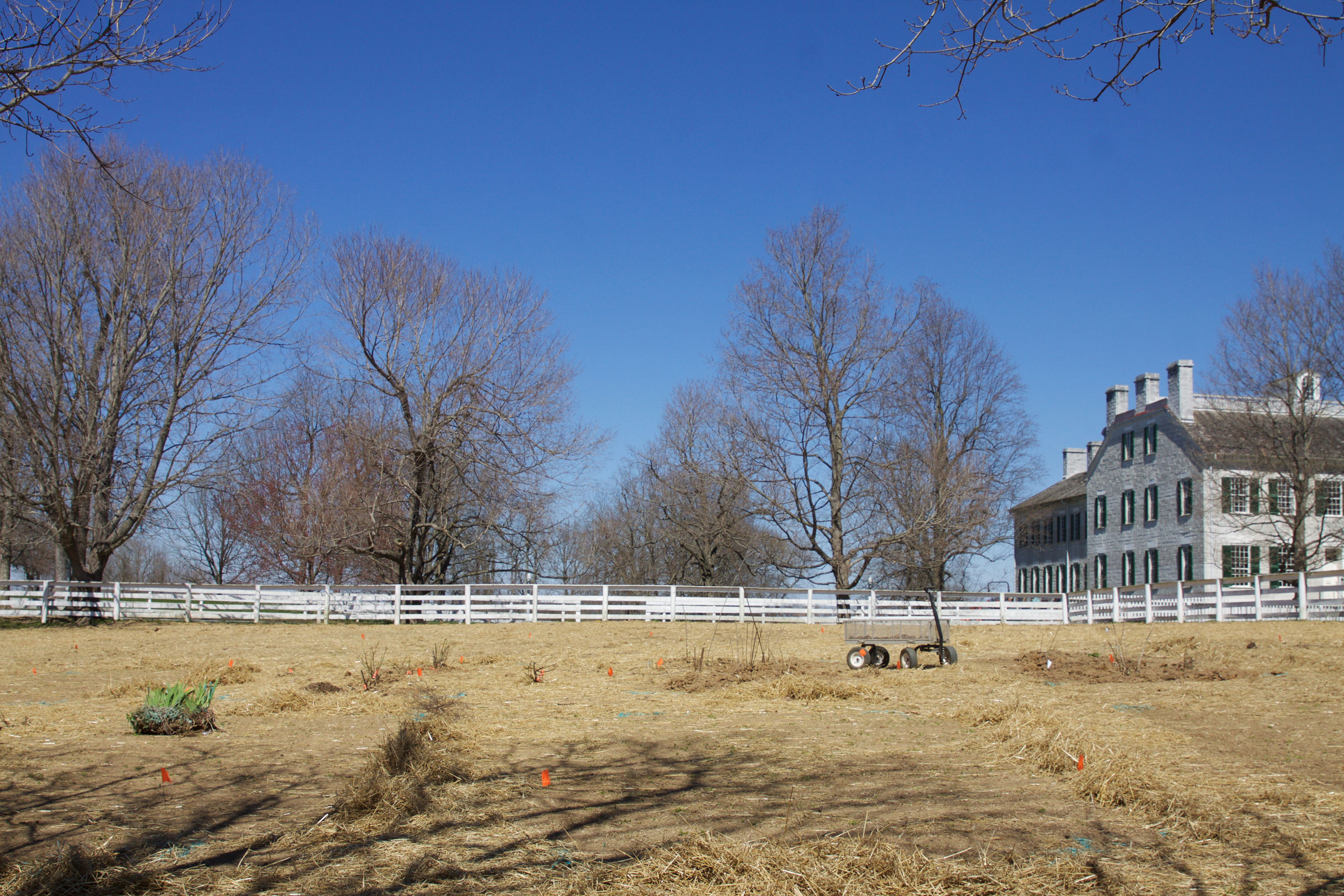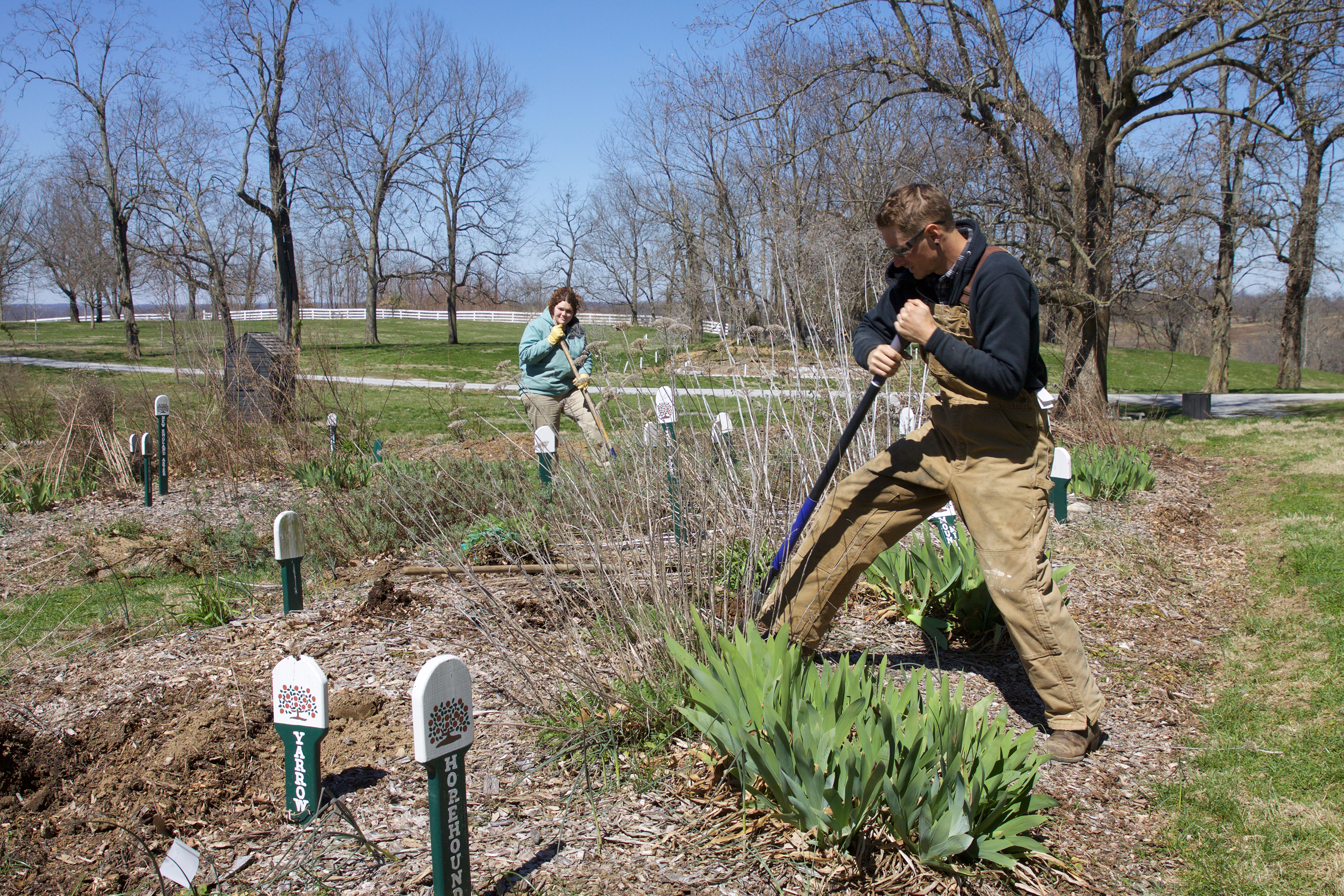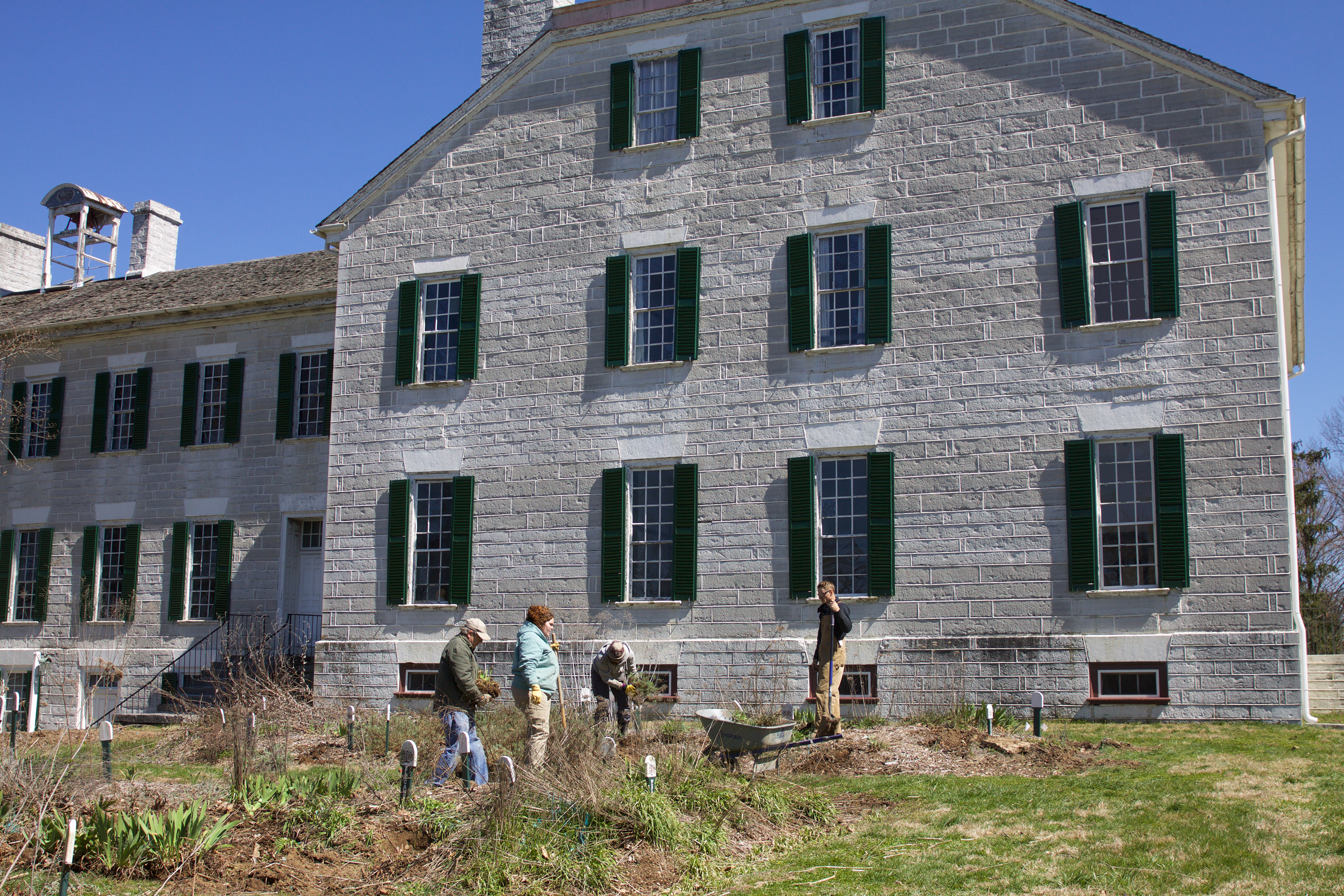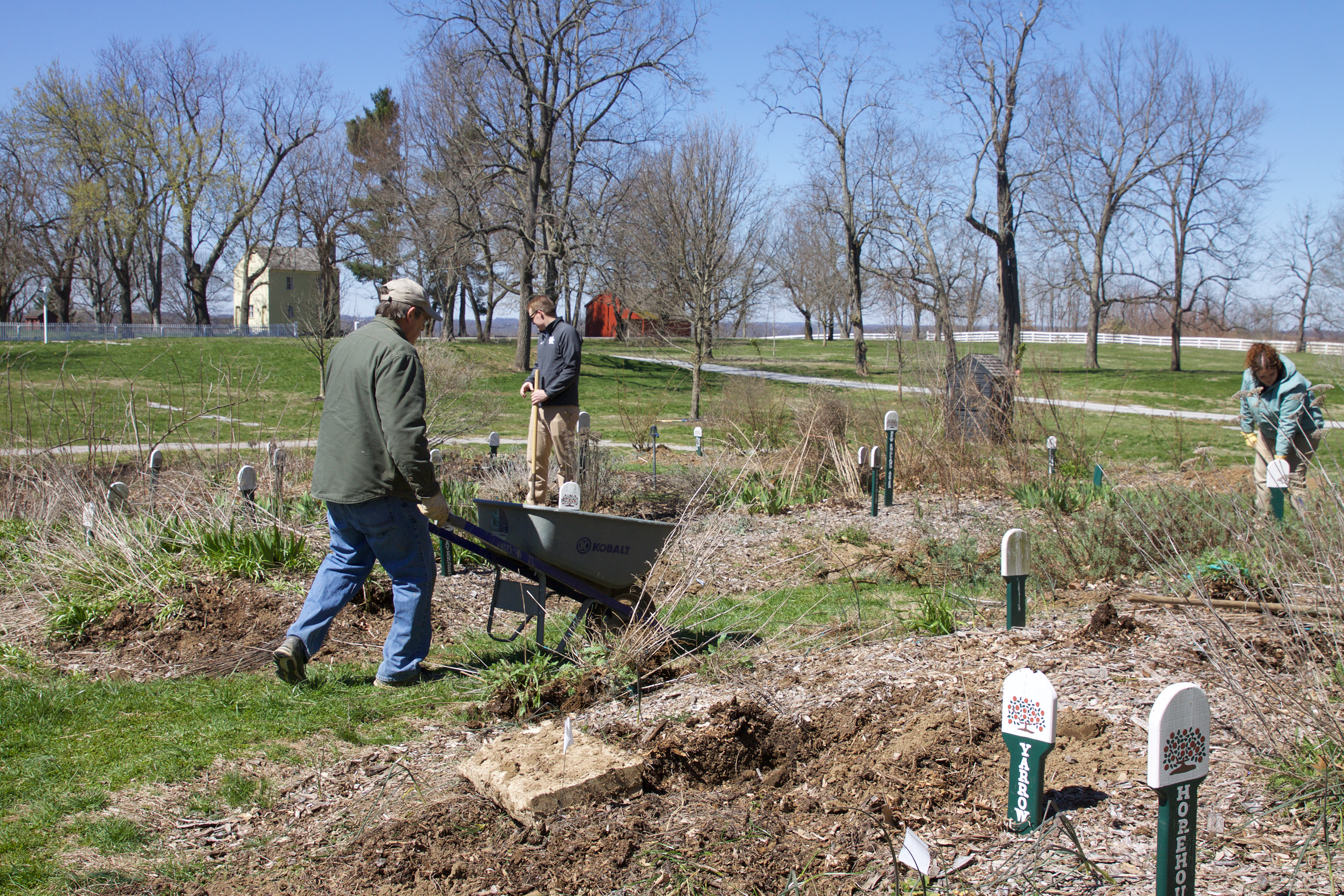Melissa Donahoo, Development Coordinator
In the 1970s, the trees in the Shaker Village Apple Orchard were planted in honor of the nonprofit’s visionary President, James L. Cogar. Forty-five years later, the established Orchard is one of the first things that visitors see when they arrive at Shaker Village. The Orchard produces apples from 10 heirloom varieties that supply the onsite restaurant, are made into applesauce that is sold in The Shops, featured in special events such as the Hard Cider Bash and highlighted in educational programs. Despite its prominent location and use, The Orchard has been one of the most underutilized areas of the Historic Centre.
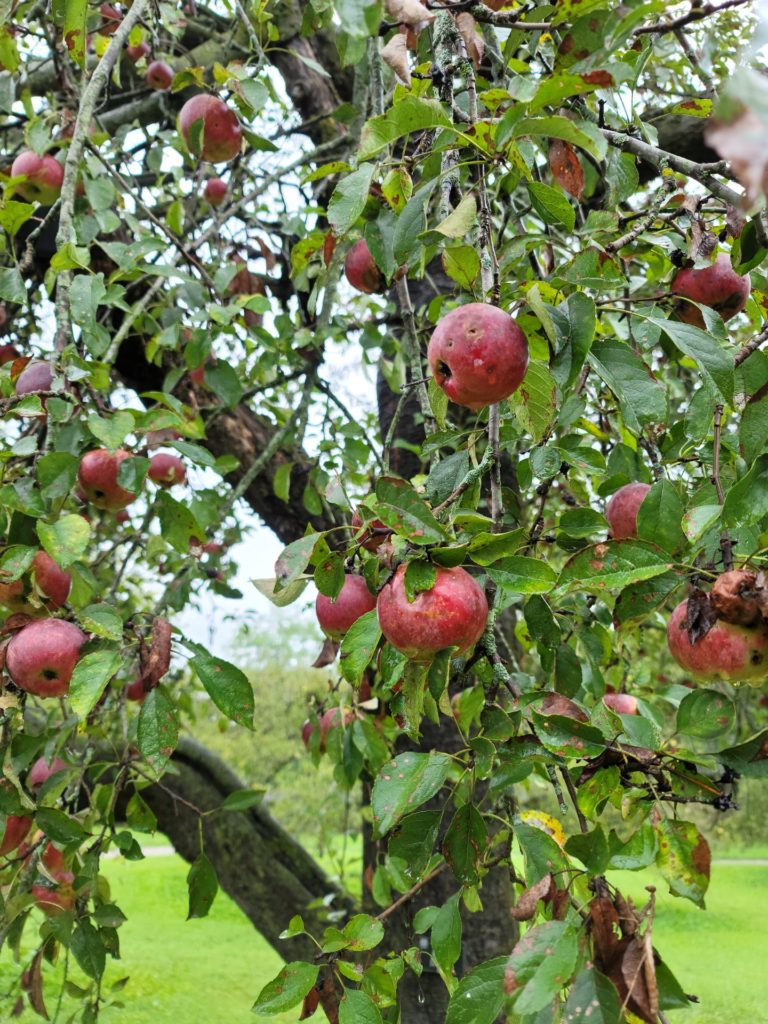
In late December 2019, Shaker Village was contacted by a donor who was interested in learning about some of the projects on our funding wish list that includes projects of all sizes and costs. Some of these projects are obvious as you walk the property.
Some of the projects on the wish list are not as obvious. In December 2019, we had a number of smaller but significant things we wanted to do in The Orchard and the Herb Garden (adjacent to the 1824 Centre Family Dwelling) to improve the guest experience. This included:
- Add an accessible path through the apple trees to allow guests to fully experience The Orchard.
- Add picnic tables in The Orchard.
- Re-establish the Herb Garden (which had been moved to accommodate the Centre Family Dwelling restoration project, 2017-2019) and add seating.
- Establish a Native Garden adjacent to the 1820 Meeting House.
- Add interpretative signage for The Orchard, Herb Garden and Native Garden.
- Add a monarch waystation and a pollinator bath.
- Repair the Duck Wagon (the Indian Runner Ducks reside in The Orchard).
- Relocate firepits to be nearby the Herb Garden and the Native Garden; add seating.
All of these projects have a cost to them that is not funded for in the operating budget. At $1,000, the largest expense was the sand, gravel, and labor to install the accessible path.
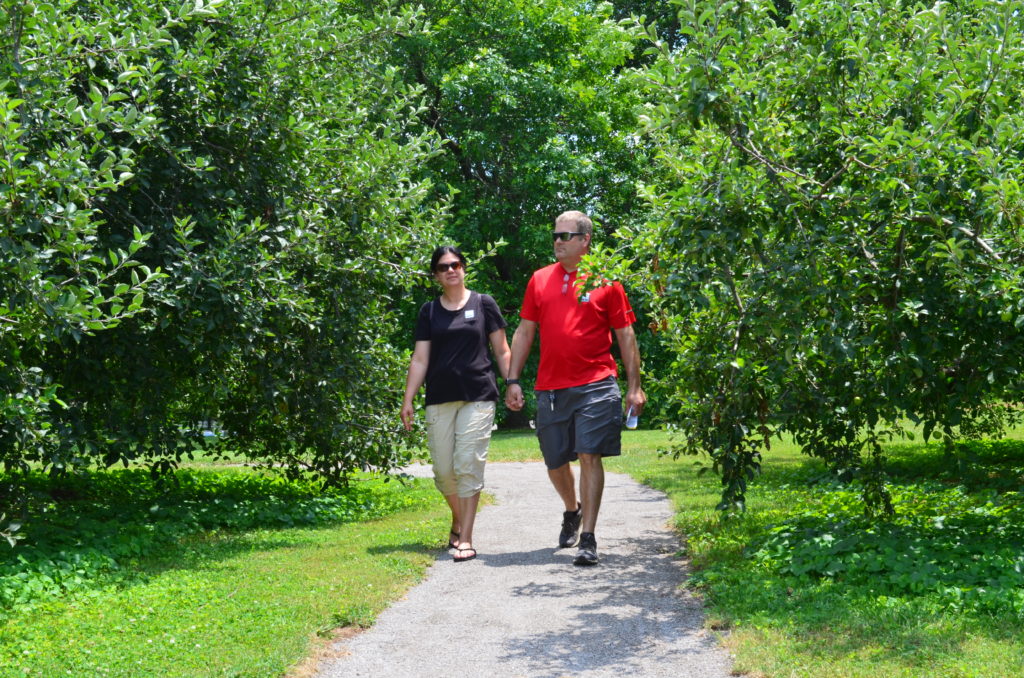
Our Development Team worked with the donor and packaged all of these items into a single project titled The Orchard + Gardens Project. The donor very generously funded all of the needs and work began in mid-Spring. We were able to provide more seating and amenities because we were good stewards with our donor-provided funds.
When this project began, no one could foresee the impact the changes would have on the visitor experience and the Village as a whole. In the past we rarely saw visitors near The Orchard or the Herb Garden. Today, we see them interacting in these spaces every day. Visitors amble through The Orchard to learn about the heirloom varieties, enjoy lunch at the picnic tables, or sit on the benches to watch the pollinators at work in the Native Garden and the Herb Garden.
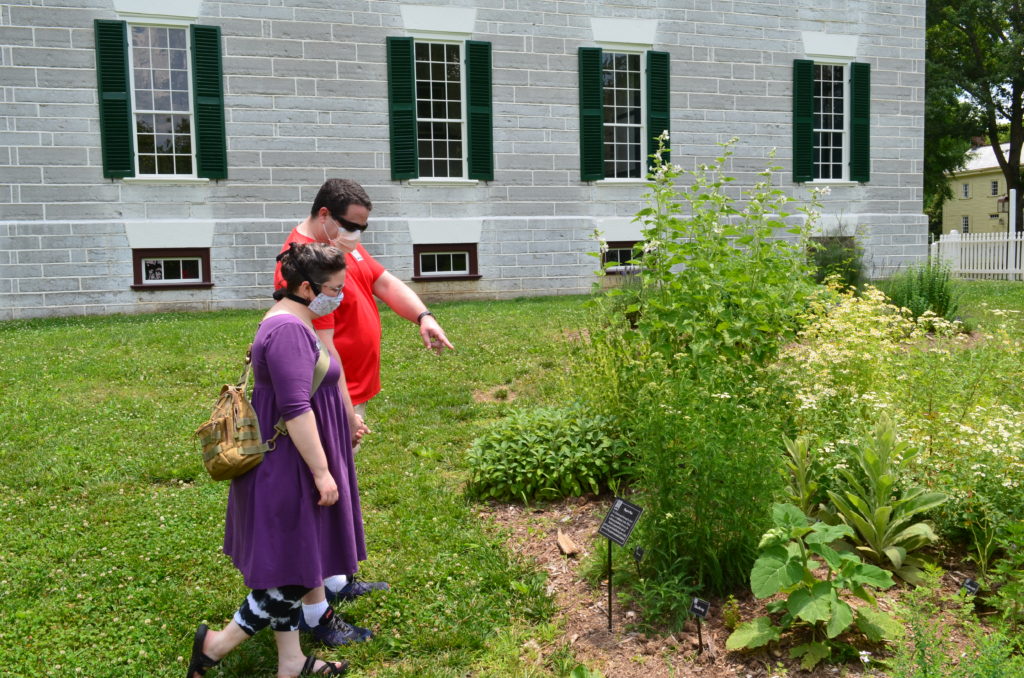
The completion of The Orchard + Gardens Project has been one of Shaker Village’s tremendous accomplishments of the year. But it’s important to remember that none of it would have happened without an interested donor. When you make a gift to Shaker Village, it doesn’t matter if you donate $10, $100, $1,000 or more. Every dollar counts and makes an impact. We promise to use your gift wisely and as it was intended.
This is a powerful place. In 2020 it has proven to be a peaceful and restful respite for many of our guests. We remain committed to our mission and sustaining the future of this site, and we thank you for your continued support that makes the programming, the preservation of the cultural landscape and historic structures, and everything else possible.
